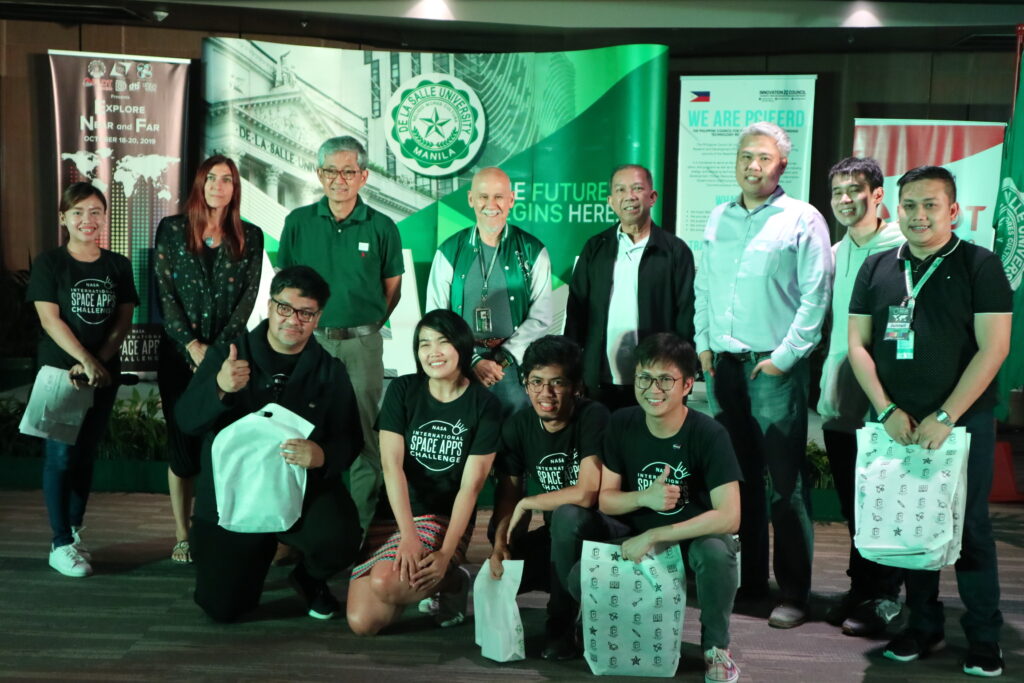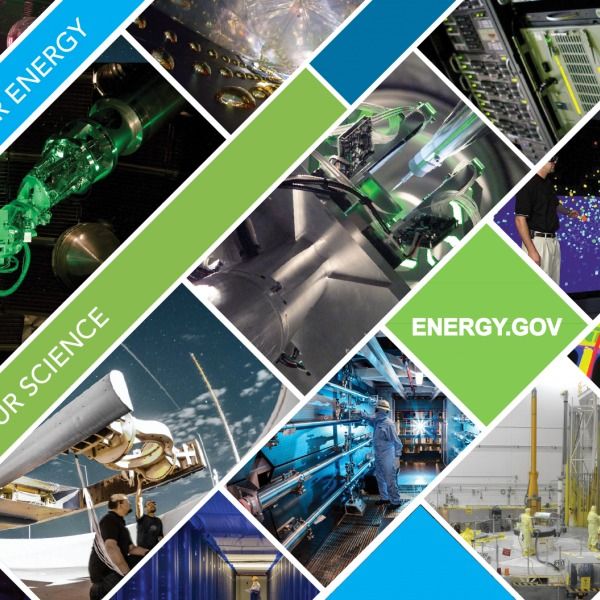It sounds like magic, but Bar-Ilan University researchers say the environmentally friendly disinfectant may be used daily to kill bacteria and viruses on all kinds of surfaces.



Hubble Space Telescope’s iconic images and scientific breakthroughs have redefined our view of the Universe. To commemorate three decades of scientific discoveries, this image is one of the most photogenic examples of the many turbulent stellar nurseries the telescope has observed during its 30-year lifetime. The portrait features the giant nebula NGC 2014 and its neighbour NGC 2020 which together form part of a vast star-forming region in the Large Magellanic Cloud, a satellite galaxy of the Milky Way, approximately 163 000 light-years away. The image is nicknamed the “Cosmic Reef” because it resembles an undersea world.
On 24 April 1990 the Hubble Space Telescope was launched aboard the space shuttle Discovery, along with a five-astronaut crew. Deployed into low-Earth orbit a day later, the telescope has since opened a new eye onto the cosmos that has been transformative for our civilization.
Hubble is revolutionising modern astronomy not only for astronomers, but also by taking the public on a wondrous journey of exploration and discovery. Hubble’s seemingly never-ending, breathtaking celestial snapshots provide a visual shorthand for its exemplary scientific achievements. Unlike any other telescope before it, Hubble has made astronomy relevant, engaging, and accessible for people of all ages. The mission has yielded to date 1.4 million observations and provided data that astronomers around the world have used to write more than 17 000 peer-reviewed scientific publications, making it one of the most prolific space observatories in history. Its rich data archive alone will fuel future astronomy research for generations to come.

Goodenought’s breakthrough on a solid-state battery could mean the end of internal-combustion cars. The job of commercializing it goes to Hydro-Québec.

MANILA, Philippines — A dengue case forecasting system using space data made by Philippine developers won the 2019 National Aeronautics and Space Administration’s International Space Apps Challenge. Over 29,000 participating globally in 71 countries, this solution made it as one of the six winners in the best use of data, the solution that best makes space data accessible, or leverages it to a unique application.
Dengue fever is a viral, infectious tropical disease spread primarily by Aedes aegypti female mosquitoes. With 271,480 cases resulting in 1,107 deaths reported from January 1 to August 31, 2019 by the World Health Organization, Dominic Vincent D. Ligot, Mark Toledo, Frances Claire Tayco, and Jansen Dumaliang Lopez from CirroLytix developed a forecasting model of dengue cases using climate and digital data, and pinpointing possible hotspots from satellite data.

Correlating information from Sentinel-2 Copernicus and Landsat 8 satellites, climate data from the Philippine Atmospheric, Geophysical and Astronomical Services Administration of the Department of Science and Technology (DOST-PAGASA) and trends from Google search engines, potential dengue hotspots will be shown in a web interface.

Brig. Gen. Yaniv Rotem at the Israeli Defense Ministry forecast that Israel will demonstrate the laser capabilities in the field this year. To be clear, Rotem appears to be referring to a demonstrator and not a fielded system. Regardless, this timeline may prove challenging. While the development represents a significant R&D milestone, it is important to understand the technology’s promise — as well as its limitations.

According to a study published in Gut Pathogens scientists suggest that they have had a breakthrough in treating the incurable disease and reports from Australia’s Center for Digestive Diseases suggest that they may have created a potential cure for Crohn’s Disease.
The Mayo Clinic describes Crohn’s Disease as an inflammatory bowel disease that can affect several different points of the digestive tract, and patients can suffer with diarrhea, abdominal pain, weight loss, and fatigue; the pain experienced can vary to be so severe that it can lead to life threatening complications.
“It has a negative impact on many aspects of quality of life, including physical, social, psychological, and sexual functioning,” researchers described in a statement.

No, it’s not a high budget Mission Impossible action movie, but it could have been. Tom Cruise wasn’t piloting a helicopter that grabbed a rocket falling back to the Earth. Instead, a crew wearing black Rocket Lab t-shirts with the words “recovery team” written on the back took the skies in helicopters to grab a falling rocket. Since it wasn’t Tom Cruise, the video of the team grabbing a rocket midflight ranked higher on the awesome scale.
A few weeks ago, Rocket Lab took a major step forward to recover boosters. In a recent release to media, Rocket Lab shared videos successfully grabbing a parachute & test booster out of the sky using a helicopter. On the first try, the helicopter grabbed the first stage test article with a grappling hook.
There are intrinsic risks with helicopters. Recently SpaceX lost a test article when it became necessary to prematurely drop a Crew Dragon test article. However, Rocket Lab did better in the Electron parachute tests. The success marks another step closer for the company in recovering the boosters it uses to launch small payloads into low earth orbit.
Scientists have made a major breakthrough that could help us understand the origin of our universe, they say.
Researchers have discovered hints of a difference between the behaviour of neutronos and antineutrinos. That, in turn, could help demonstrate why there is so much matter relative to antimatter in the universe – and, in turn, how everything that surrounds us came to be.

WASHINGTON, D.C. — The U.S. Department of Energy today announced the winners of $32 million in funding for 15 projects as part of the Breakthroughs Enabling THermonuclear-fusion Energy (BETHE) program. These projects will work to develop timely, commercially viable fusion energy, with the goal to increase the number and performance levels of lower-cost fusion concepts.
“Fusion energy technology holds great potential to be a safe, clean, reliable energy source, but research and development of fusion technology is often constrained by prohibitive costs,” said Under Secretary of Energy Mark W. Menezes. “BETHE teams will build on recent progress in fusion research and the growing fusion community to lower costs and further foster viable commercial opportunities for the next generation of fusion technology.”
“These BETHE projects further advance ARPA-E’s commitment to the development of fusion energy as a cost-competitive, viable, energy generation source,” said ARPA-E Director Lane Genatowski. “Commercially viable fusion energy can improve our chances of meeting global energy demand and will further establish U.S. technological lead in this crucial area.”